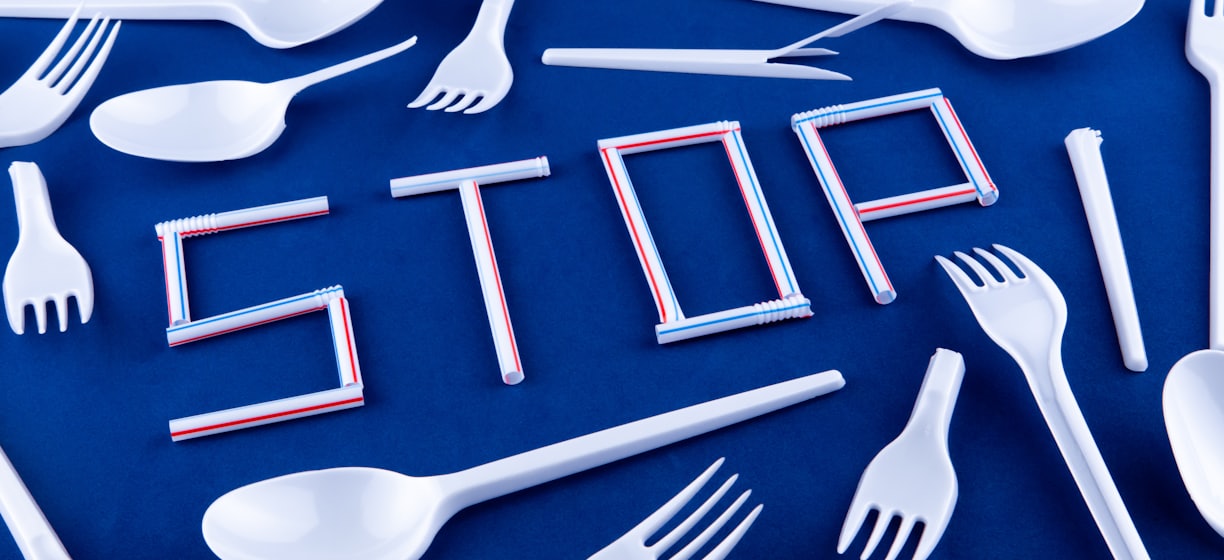

Problem with plastic
Why recycling is not always what we think it is
Today I continue the topic of garbage. As I mentioned last time, the cities in Japan are incredibly clean, thanks to proper education, good social attitudes, and the actions of city services. However, there is a certain paradox behind all of this. I have already mentioned that many food items are wrapped in seemingly too many layers of plastic. And the longer I stay in Japan, the more this problem becomes apparent to me. While it doesn't bother me in the case of dry snacks, it is surprising when it comes to fruits and vegetables. For example, bananas, carrots, apples are packed in plastic. You can even buy eggs packed invidually in in plastic bags or boxes. Isn't that excessive? I think it is a bit...
Someone could think that nature took care of packing for fruits and vegetables... but you can't convince everyone it seems.




The same goes for buying ready-made bento sets. After all, every portion is placed in a plastic tray with a lid, not to mention the decorative plastic grass. The amount of plastic is truly staggering. Despite this, it might seem that, given the current level of recycling, it's not that big of a problem. Looking at the official statistics, over 80% of plastic is recycled. (https://www.pwmi.or.jp/ei/plastic_recycling_2019.pdf). But is it really? It turns out that everything depends on how we define recycling. In the case of Japan, if we take a closer look at the data on recycling, we find that... the above number is not entirely accurate. Only about 30% of plastic is processed. The remaining part is simply incinerated, which Japan also considers as recycling! Admittedly, incinerators are used to generate electricity, yet it's hard to agree that this is an ecological solution. Of course, Japan being an island nation has limited space for landfills. Burning waste is an easy, but very shortsighted solution. The same can be said for exporting the garbage. Previously, Japan was exporting garbage, among others, to China. However, after China changed its policy in 2017, it forced Japan to act. What Japan came up with is... export garbage to other countries.
Fortunately, it seems that Japan has finally recognized that the solutions being used cannot be acceptable in the long run. Particularly since, in terms of plastic consumption, Japan ranks second (!) in the world. Although this is a delayed reaction, the government is trying to catch up in waste processing. For example, in 2020, fees for plastic bags in stores were introduced. Similarly, thoughts are beginning to shift towards plastic cutlery. There is also a focus on education and the impact of individuals on the whole system. Thus returning to the issue of recycling, there has been an emphasis on separating packaging made from different materials. This is clearly visible in the case of PET bottles, which are made from three types of plastic materials: the bottle itself, the label, and the cap. Those types of plastic cannot be processed together! Because of that, plastic bottles have perforations on the labels. Additionally, significantly less, or even no glue is used. This makes removing labels easier, and one bottle can end up in three separate bins: the label, the bottle, and the cap are disposed of separately.


The plastic bottles have perforations, making it easier to peel off labels....
The issue of plastic has also been noticed by some producers and sellers. The popular chain of stores, 7-Eleven, has started using bio-plastic (biodegradable material based on plants) for packaging onigiri rice balls. This is a good start, as a significant portion of plastic comes from packaging. But let's not hide the fact that Japan still has a long way to go. Maybe changes can happen faster than we think. After all, the inhabitants of this country are already quite sensitive to ecological issues. All depends on the entrepreneurs, government, and large corporations. Let’s hope they will also consider the need to care for a better future.